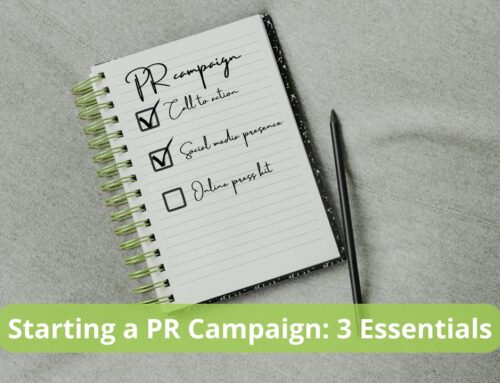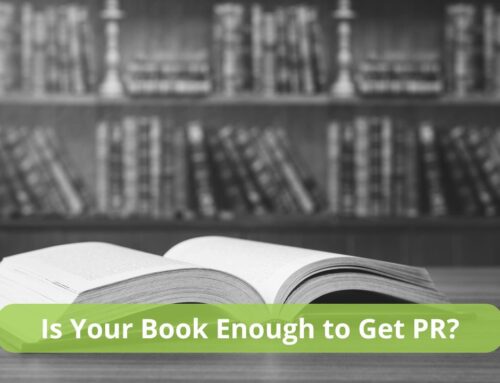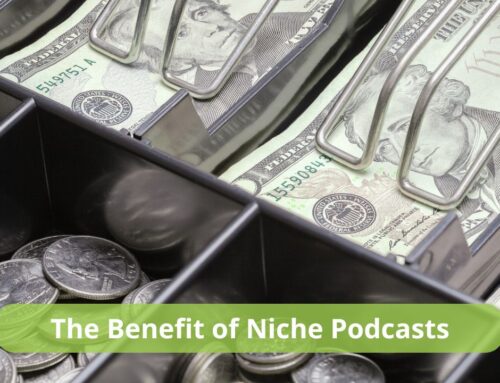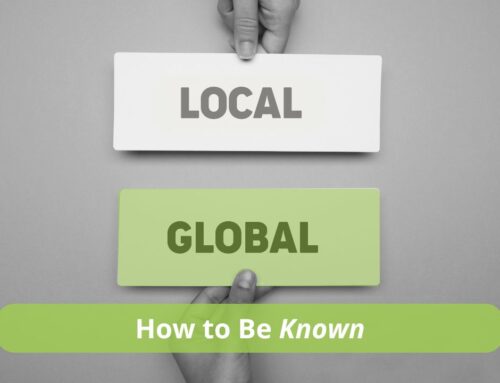Social media has become an integral part of business language over the last couple decades, but one platform that still seems to mystify many business owners is LinkedIn. Why does this channel have such a hard code to crack? What are people missing, and how can they recalibrate for success?
The leading social media platforms all have their place in marketing and networking, but they’re each designed with different intentions in mind. To be effective, you need to be clear about what those intentions are.
LinkedIn is an amazing platform, but it’s a platform to connect B2B. Think of it as a business networking event. Everyone is there with the intention of connecting with one another and possibly doing business together.
Facebook, on the other hand, is more like a social cocktail hour. People want to connect with you on a more personal level. That said, if you’re doing business on Facebook, you still want to think of it as a business cocktail hour, not a party with your friends. You need to find the appropriate balance of what to share and what not to.
Whereas, Twitter is about succinctly sharing what you’re up to in the moment and connecting and interacting with people around that topic. It’s not designed to have a conversation, but it is designed to tap into what’s happening with your audience right here, right now.
If you’re going to use LinkedIn, go into it just like you would an in-person, daytime networking event. Think about how you would clearly and succinctly communicate you or your company — how you would “sound bite” yourself. And beyond being a good speaker, think about how to be a good listener. Whether with potential business partners or clients, I believe 90% of forging those relationships comes through listening.
This may sound counterintuitive when it comes to social media, where everyone is focused on their own speaking platform and the conversations they’re engaging in. However, listening is what makes successful engagement possible.
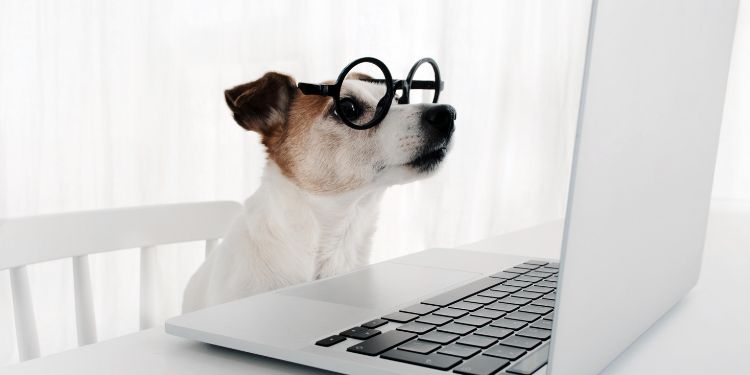
🥅 What Is Your Ultimate Business Goal?
Now that we can acknowledge how these platforms exist distinctly from one another, it is plain to see how you can easily misstep on LinkedIn if you’re trying to use it the same way you use your other social media accounts. People often assume they need to be on all platforms regardless of their business goals. You don’t!
For us, we use LinkedIn as a way to find the best experts for the media — companies, organizations and individuals that have something unique to add to the cultural conversation.
As your business determines the best use of its social media opportunities, here are some keys for cracking the LinkedIn code.
🕸️ Use Groups For Networking
Step beyond the basics of your profile and join two or three groups where you can be a part of the conversation — or start a conversation yourself. Just like in the real world, being part of an engaged group of like-minded people can support your business in so many ways. It allows you to connect with mentors who can help take your business to the next level and to peers with whom you can bounce ideas off of. It also gives potential customers a sense of who you are and the value you bring to the table.
💡 Don’t Try To Close The Deal
Keep promotional material separate from your conversations. Many groups include a tab for promotional items, but often the only people who look in that area are those posting there. Get very clear on this: LinkedIn is not for selling. We ask our clients to really think about what their intention is behind each post. Is it to simply entertain? Or is it to provide something that will make a difference to the lives or businesses of their connections?
🗨️ Start Conversations That Matter
Engage in active conversations that have attracted numerous businesspeople. It’s smart to be strategic about what conversations you take part in. I think it’s much more effective to have a few high-quality conversations than several surface-level ones. Personally, one of my favorite ways to start a conversation with someone is to acknowledge what they’re up to. When our public relations team sees a great article or interview in the news, we love to connect with the author and share with them how their piece made a difference.
👂 Listen
Practice active listening. One way to listen is through research. What are people talking about? What do they really care about? How can you participate and be a part of that conversation? Doing business successfully means listening closely to what your audience wants. Discover what matters most to those in your field and then find your place in driving solutions. If you do, you will make a valuable LinkedIn impact.
The use of social media and the ability to actively listen can provide amazing insights into what’s happening in your industry and what people really care about. One of our writers saw this idea at work when she published an article using key LinkedIn conversations in a respected industry journal, which generated thousands of hits per month and propelled the website to page one of Google Search.
LinkedIn is a perfect platform for connecting with colleagues and potential business partners. If boosting your visibility and reputation amongst other business people will help further your goals, LinkedIn is right for you.


